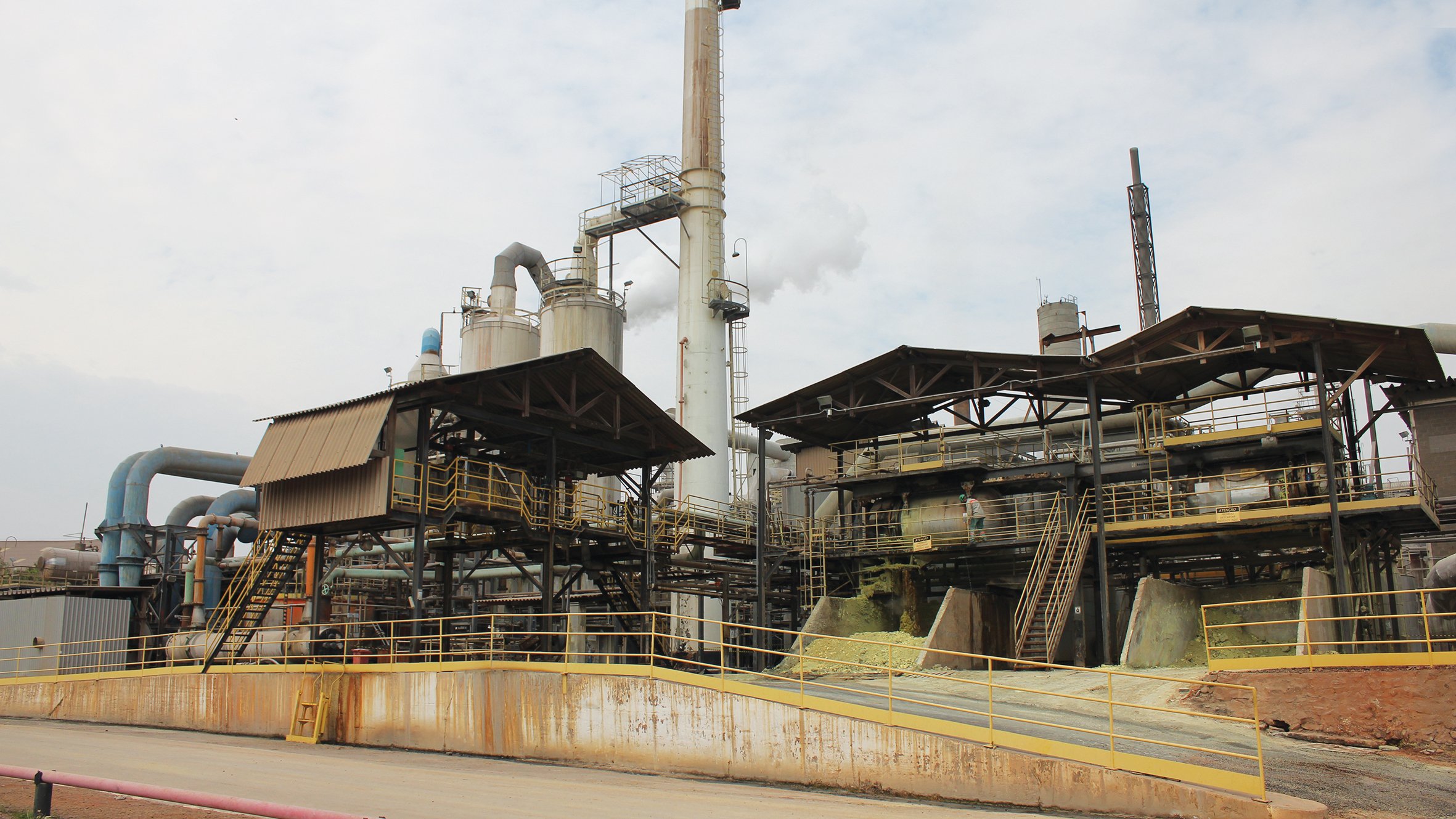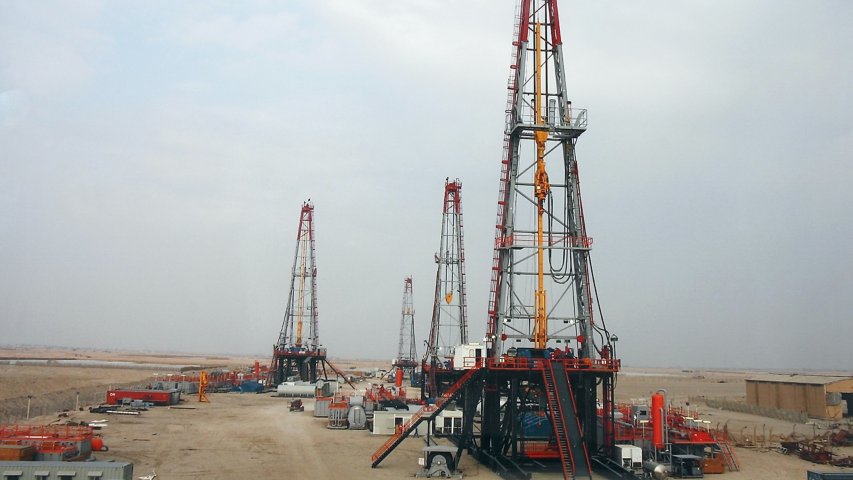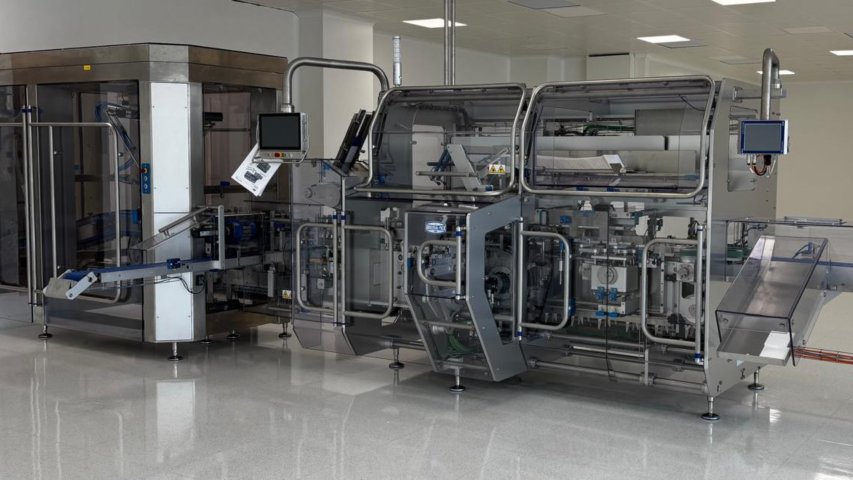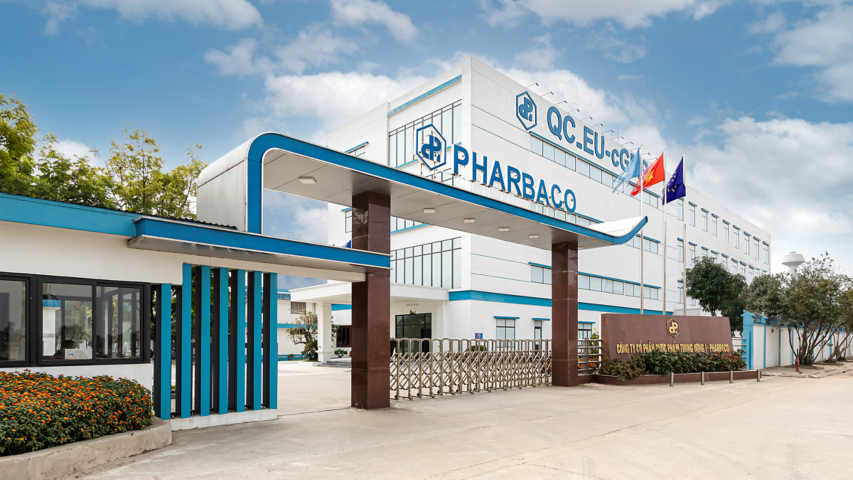Background
Galvani is a Brazilian company that began its activities in the 1930s and currently has production units in five Brazilian states, with activity in mining, processing, and distribution of phosphate fertilizers. It seeks to produce competitive and differentiated products with superior quality, using the best resources while respecting the environment and the community. The group's policy is to systematically reinvest the results in production expansions, ongoing improvements and application of new technologies.
Challenge
In 1983, Galvani began the implementation of one of the largest industrial production sites for fertilizers in Paulinia, São Paulo, Brazil. It included the production of sulfuric acid, superphosphate, granulation, blending and bagging of fertilizers.
Recently, the control system of the sulfuric acid plant and the steam generation had constant problems with loss of communication. The maintenance of the system depended exclusively on one supplier, representing a high annual cost for the company.
Galvani decided to change this system, based on a closed and limited design, for an open system in which the company could manage the maintenance itself.
The budget for execution of the project was limited, therefore, Galvani decided to deploy it internally, utilising its own maintenance team. Another important aspect of the project was the time constraint to develop and start up the system in order for it to be completed during the annual maintenance shutdown that had already been scheduled.
Additional objectives of the project were to deploy the new control system, maintain integration with the existing production management system and, at the same time, increase the traceability of the process data for periods longer than a year, which was a limitation of the old control system.
For the start-up of the new system, a time constraint existed. Due to the high risk of crystallisation of molten sulfur in the feed lines, the plant had to stop and return to full operation in a very short period.




